How producers of PBS’ prime-time series got their shows back on track during COVID
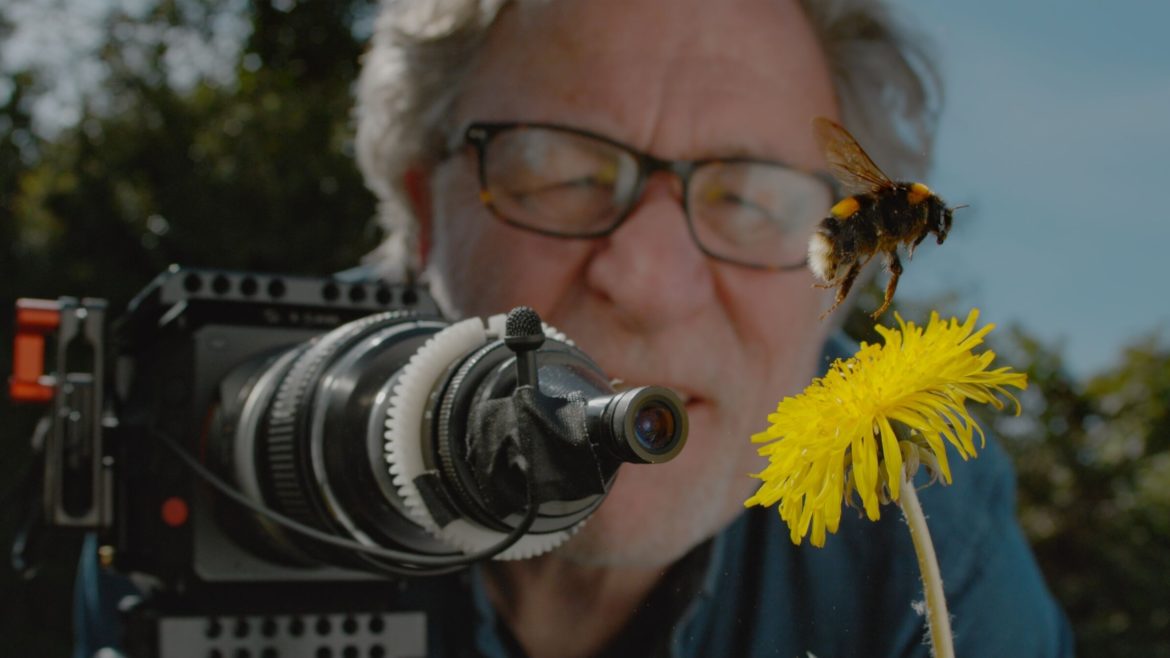
Martin Dohrn / Passion Planet
Martin Dohrn films a bumblebee hovering over a dandelion for the documentary "My Garden of a Thousand Bees."
When the coronavirus pandemic halted television and film productions around the world, the Nova documentary Secrets in the Scat, a working title, was among the first to be affected.

A film crew for the international co-production, which is focused on the biology of animal feces, was in India studying “rhino poop” when they got the call to go home.
“They had just arrived and were about to go off ‘hunting’ rhinos to film,” said Nova co-EP Julia Cort. “There were several productions, because of the kinds of shooting that we needed to do, that just had to stop and be postponed for quite a while.”
Similar issues hit PBS’ primetime series Nature and Masterpiece, which, like Nova, have international co-productions baked into their DNA. Other series that involve in-person audiences, such as Antiques Roadshow and Great Performances, had to immediately scale back and rethink their production models.
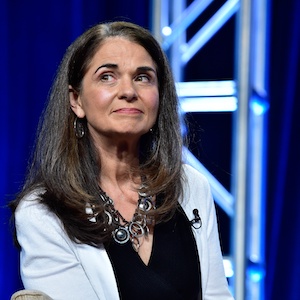
The challenges presented over the last 18 months created opportunities for PBS’ prime-time series producers to establish new ways of working. EPs at several series said most of their projects are arriving on time for broadcast and streaming without a dip in quality. And the cost savings of remote work has helped reduce their bottom lines.
John Wilson, SVP and chief national content officer at WETA in Washington, D.C., said producers also benefited from PBS’ willingness to accommodate those who had trouble meeting deadlines for submitting their programs to PBS for review. PBS agreed to waive some late-delivery fees during COVID-19, taking some pressure off producers who were struggling to keep their shows on track.
Series such as Antiques Roadshow and Call the Midwife delayed production or hit other “delivery challenges,” said PBS Chief Programming Executive Sylvia Bugg in a statement, adding that the pipeline for 2022 is “shaping up well.”
Working out ‘kinks’ in remote filming techniques
Like most national producers, Nova had several films entering pre-production, filming and post-production when U.S. lockdowns started. But the pandemic disrupted that steady workflow.

Nova was fortunate to have many of its films entering the editing phase in March 2020, said co-EP Chris Schmidt. Field productions that gave viewers a “backstage pass” with vérité-styled shoots “became really, really difficult if not almost impossible.”
One film that managed to transport viewers to international locations was Decoding COVID-19, released in May 2020. The film covered the virus’ 2019 appearance in China and how it became a pandemic. “We had a crew working in Wuhan, China, right when that country was starting to reopen. The United States was still kind of locking down,” Schmidt said.
Another challenge was figuring out how to shoot interviews when filmmakers couldn’t meet in person. The scientists who appear on Nova live all over the world, so the first step was developing a system for delivering equipment for remote interviews during global mail delays. Once the equipment made it to sources, the team had to teach them how to use it.
“We would ship a special remote camera kit to their home, and over Zoom a [director of photography], the director and a producer would guide them on setting up the camera,” Cort said. “Eventually, when you worked out the kinks, you couldn’t tell that it was filmed remotely.”

Nova documentaries that debuted this year, including The Cannabis Question and Fighting for Fertility, were produced during the pandemic and benefitted from reduced travel expenses provided by remote filming. For in-person interviews, producers tried to film outside in safer, warmer environments. “Ideally, we prefer people to not wear masks on camera if we can avoid that,” Cort said. “We tried to do a lot more filming in the summer than we initially planned. Some shoots were moved up to accommodate that.”
Remote interviews also have allowed closer collaboration with international partners, Cort said, enabling Nova’s producers to sit in during interviews with sources in other countries. “Say, if you’re working with a French producer, and they would appreciate some help doing an additional interview for our version … that opens up new possibilities as well.”
Cameo George, EP for the history series American Experience, said some filmmakers relied on Zoom more than others. The team behind The Blinding of Isaac Woodard, a film about a Black army sergeant who was attacked by South Carolina police in 1946, opted to drive across the country for in-person interviews. Other films were delayed by the closing of archives housed at universities and libraries.
Producers of Citizen Hearst, a two-part, four-hour film about William Randolph Hearst, originally envisioned filming in-person interviews at Hearst Castle, the media mogul’s estate in San Simeon, Calif., a National Historic Landmark. They had to scrap that plan because of the pandemic, but editors found a workaround.
“In post-production, they superimposed the images of San Simeon onto a green screen, so when you watch the film everyone is in some grand room,” George said. “That’s probably not something we would have experimented with before. It’s a perfect example of having to be innovative and creative because of COVID.”
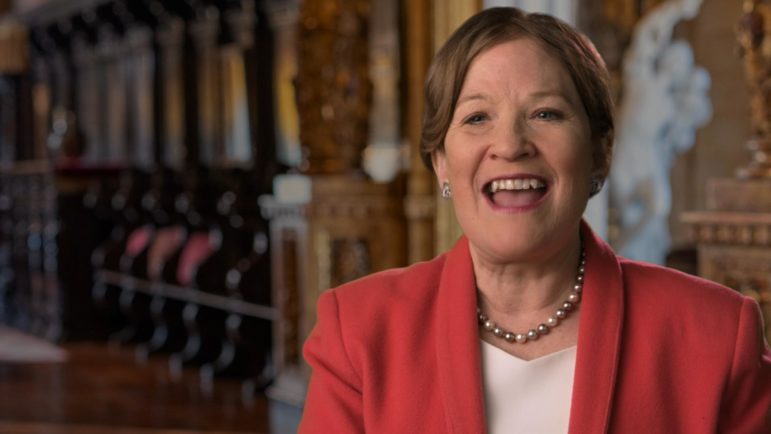
The pivot to remote filmmaking was so successful that the practice is here to stay, George, Cort and Schmidt agreed. “It’s just so much faster and cheaper,” Schmidt said, adding that advances in remote editing have also helped workflows.
Secrets in the Scat, the Nova production that shut down in March 2020, may debut on PBS next spring, but it probably won’t include scientific analysis of rhino dung. The documentary’s producers are having a hard time getting back to their original work sites. “They switched over to a couple different animals,” Cort said, adding that the film’s team have started working in Australia and other countries neighboring the Pacific Ocean. “It’s going to be a great film,” she said, all things considered.
‘No margin for error’
Nature, which also relies on filmmaking teams in several countries for its documentaries, has struggled with meeting some production timelines. The uncertainty has been stressful, said Fred Kaufman, EP. His largest concern has been making sure that Nature delivers enough programs to fill the broadcast time alloted for its 40th season.
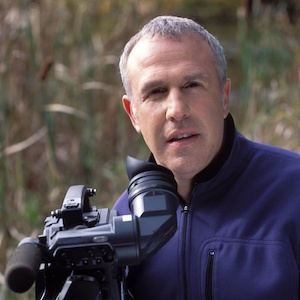
“A month ago I was in a bit of a panic that things weren’t going to happen on time. Then last week I felt better,” he said. “A month from now I’ll probably be in a panic again. There’s really no margin of error going forward,” Kaufman said.
One saving grace has been the unpredictability that’s built into producing natural history films, he said. Weather, for example, can easily disrupt a filmmaker’s timeline.
For the new season that premiered in October, films were reconfigured — and even made possible — by the pandemic. Born in the Rockies was extended from a one-hour special into a two-part series with Kaufman’s blessing. The filmmakers had been working on the film for more than two years and had enough footage to deliver a longer documentary.
My Garden of a Thousand Bees, which opened the new season with its Oct. 20 premiere, was filmed by wildlife enthusiast Martin Dohrn in England during the 2020 pandemic lockdown. In the garden of his home in Bristol, Dohrn used a one-of-a-kind camera lens that he made at his kitchen table to film more than 60 species of bees.
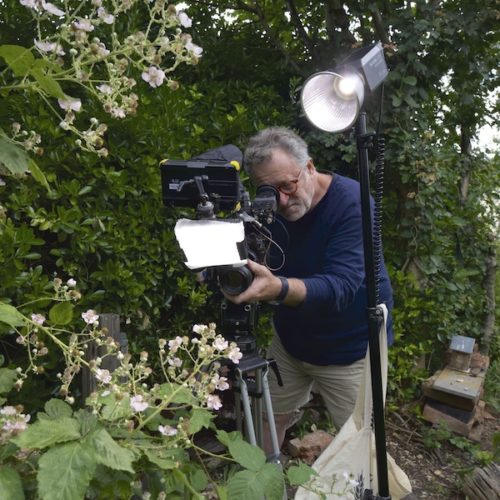
He captured film of bees laying eggs, green-fanged spiders eating male flower bees and a female yellow-faced bee attacking a Gasteruption wasp to protect her nest. Other scenes show two male bees fighting over a female. The film is one hour, but Dohrn shot more than 700 hours of footage.
My Garden of a Thousand Bees is the kind of film that Nature, produced by the WNET Group in New York City, would have likely passed on under different circumstances, Kaufman said. It’s extraordinarily intimate and largely focused on the interests of one filmmaker, which isn’t the archetype for most Nature documentaries. But the pandemic created opportunities to take chances on films that were easier to produce. In this case, Dohrn was able to work while Nature oversaw his progress remotely.
Recovering from shuttered productions
Great Performances, the WNET Group series featuring the arts, faced a steep production shortfall after live performances were canceled or postponed indefinitely. The series had already purchased sets for productions that are still sitting in storage.
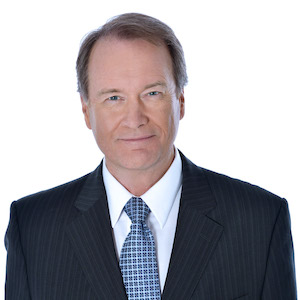
“We do events that we create from scratch, but a lot of what we do is capturing live events that already existed,” said David Horn, EP. When live performances shut down, Great Performances faced the challenge of how to keep going.
At least five productions for Great Performances remain on hold, but Horn and his colleagues were able to rethink some programs. The 2020 Grammy Salute to Music Legends, typically filmed live at the Dolby Theatre in Hollywood, had to be recorded without an audience. Billboard praised the October 2020 broadcast, saying the two-hour special “was just as good as past installments.”
PBS and the WNET Group also partnered to launch #PBSForTheArts, a multiplatform campaign to document and promote the survival of arts organizations during the pandemic. This brought new programs to Great Performances, including a contemporary adaptation of Romeo and Juliet by London’s National Theatre and The Arts Interrupted, which highlighted how arts organizations responded to the pandemic and the Black Lives Matter Movement.
Horn is preparing Great Performances for a gradual return to normal for American arts organizations. The reopening of Broadway this fall is crucial for its pipeline of new shows, he said. Great Performances has at least two Broadway projects in the works, though both are in the early-planning stage.

Masterpiece also had to adjust to shutdowns of active productions, according to EP Susanne Simpson. Out of the 58 hours of new dramas that Masterpiece planned to air in 2021, 44 hours were stalled. Even when productions resumed, timelines for completion extended further.
“One of the things COVID did was create this etiquette among producers, in that actors went back to finish shows that had been in production before starting new productions,” Simpson said. “For example, Endeavour, which we always count on every year, had to delay a year because Shaun Evans had to go back into production for a show called Vigil.”
Other episodic mysteries, including Baptiste and Grantchester, plus the new drama series Ridley Road, completely shut down at the beginning of the pandemic. Simpson had to find other dramas to fill the Masterpiece schedule.
She reached out to Masterpiece’s partners in the United Kingdom, namely the BBC and ITV, in search of dramas that hadn’t previously aired on PBS. That networking led to the Masterpiece’s acquisition of three limited series for its 2020–21 season — Atlantic Crossing, Elizabeth Is Missing and The Long Song. “What looked like a disaster turned into an opportunity,” she said.
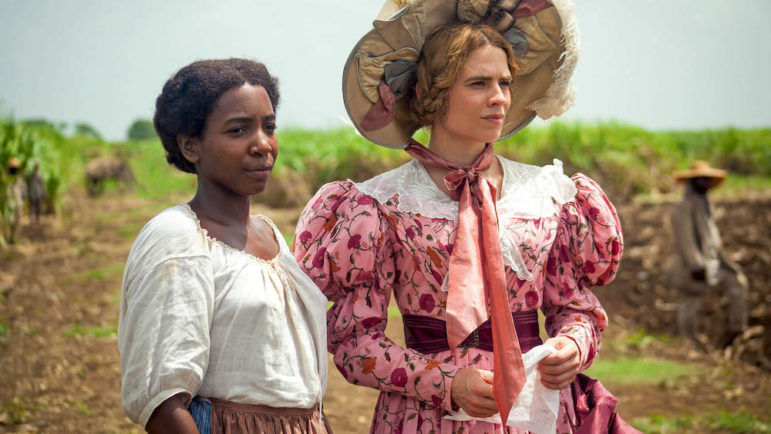
“Our strategy going forward is to have, of course, our long-running costume dramas and mystery series, but I am in the process of developing a number of limited series,” Simpson said. “You can tend to get A-list actors for shorter flights. That means we have a chance at getting some terrific, A-level acting talent for these shorter miniseries.”
One U.K. active production for Masterpiece had one positive COVID-19 test, leading to a two-day production shutdown “out of an abundance of caution,” according to Simpson and a GBH spokesperson. Simpson said the incident showed that COVID protocols work, in part because the productions created zones that limit interactions between workers.
COVID-friendly ‘Roadshow’
After creating special episodes last year that featured COVID-safe visits with celebrity collectors, Antiques Roadshow went back on tour in August with a streamlined version of its appraisal events. The tour, which was mapped out in March to record in five cities, limited the number of participants and involved much more advance planning than the Roadshow’s typical convention-scale events.
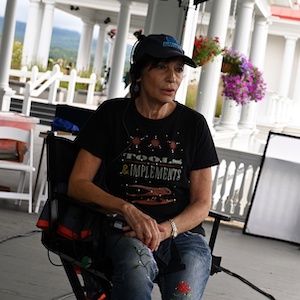
The new season also called for a different atmosphere than usual Antiques Roadshow tours.
“When we’re on a normal tour, about 3,000 people show up [at each event],” said EP Marsha Bemko. “We love each other, so we’re kissing each other and are on top of each other. It’s not a COVID-friendly environment.”
Producers put out calls for fans to register for tickets. Participants were selected at random instead of on a first-come, first-serve basis, and they were asked to submit photos and stories about the items they wanted to bring in for appraisal. With those submissions, producers planned which collectibles its experts would appraise on camera.
For the new season, producers filmed no more than 106 guests and their collectibles in one day. The tour stopped in five cities in the eastern U.S.: Middletown, Conn.; Bretton Woods, N.H.; Sands Point, N.Y.; Williamsburg, Va.; and Hamilton, N.J. After filming five days at each site, production wrapped in October. The new episodes are scheduled to debut in January.
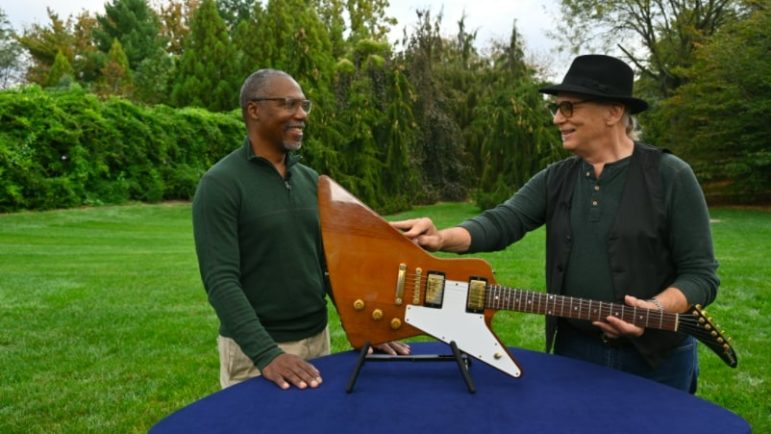
Perhaps the biggest adjustment to the new format was knowing that the in-person events had to be more controlled and on a much tighter timeline than usual, Bemko said. “We had a much shorter time span to be ready to get on the road,” Bemko said.






